© 1999-2023 Jürgen Müller
juergen@e-basteln.de
… where vintage is defined as anything from “older than me” to “my first computer”. Pocket-sized replicas of 1950’s magnetic drum computers, a mouse from 1968, and the 6502 microprocessor from 1975 re-implemented to run at 100 MHz.
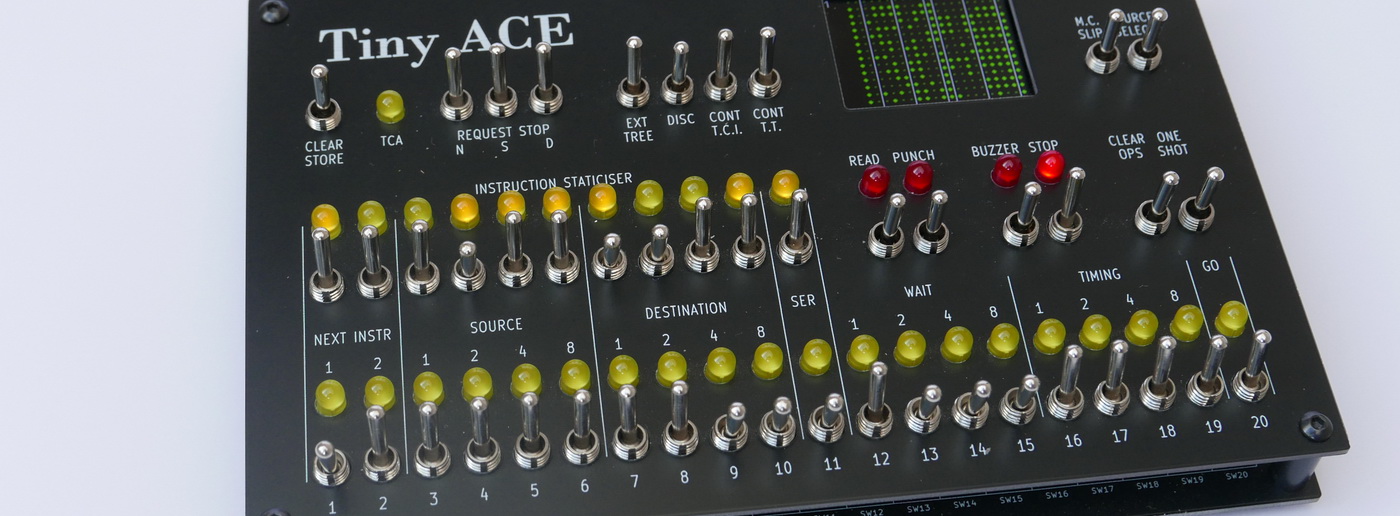
A scaled-down functional model of the Pilot ACE. The original Pilot ACE was built at the National Physical Laboratory in England from 1946 to 1951, based on a design by Alan Turing. While originally intended just as a testbed for a full-scale “Automatic Computing Engine”, it was one of the fastest computers of its time, running at a bit clock rate of 1 MHz.
My demonstration model is built from 74HC logic to make the system architecture visible as a “working block diagram”. I have also implemented real ultrasonic delay line memory, based on glass delay lines from PAL television receivers.
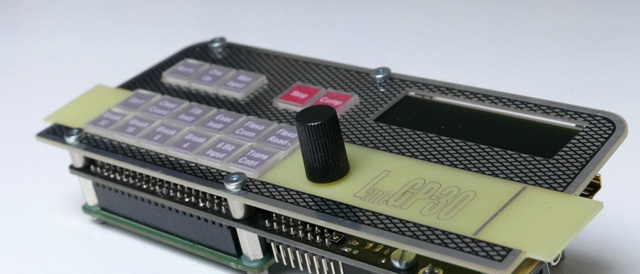
An FPGA-based LGP-30 Replica. The LGP-30 was a commercial computer, released in 1956. Due to its simple design and relatively low cost, it may be seen as the first “personal computer” – to be used by a single user as their “desk computer”. (It could sit by your desk, and was the size of a desk too.) Designed in the age of vacuum tubes, it needed only 113 tubes in total, of which only 24 were used in the CPU itself!
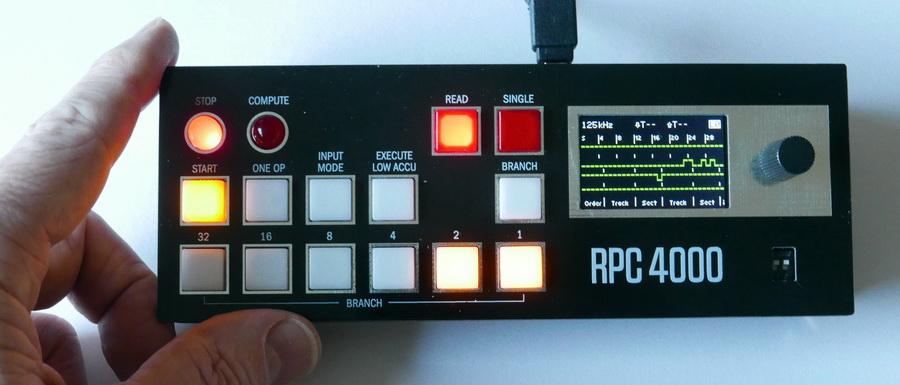
The LGP-30’s big brother. In 1960, Royal Precision proudly released the RPC-4000: Fully transistorized, which enables more complex CPU logic; more flexible, scalable peripherals, and – a slow, non-random-access magnetic drum! Which is why so few of us have heard of Royal Precision ever since…
Collect ‘em all! Released in 1963, the LGP-21 was the last member of Librascope’s family of serial memory computers: Lower cost, a simplified user interface, and slower than the LGP-30. Designing an FPGA replica is meant to be a “practice run” for me – next, I hope to contribute to the restoration of two real LGP-21s at the technikum29 computer museum!
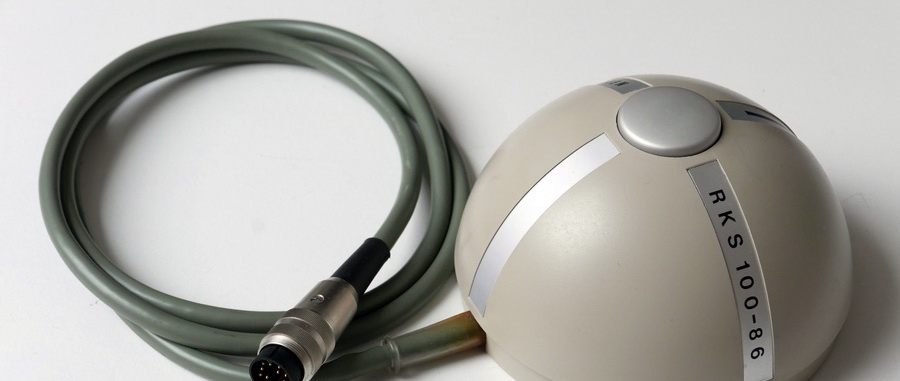
The RKS 100-86 “Rollkugel-Steuerung” was the first ball-type mouse, designed by Telefunken in 1968. It was probably also the first mouse to be sold commercially, a few years ahead of the Xerox Alto. This page shows photos of my Rollkugel, gives details about the encoders and pinout, and describes an interface which connects the RKS 100-86 to a modern computer.
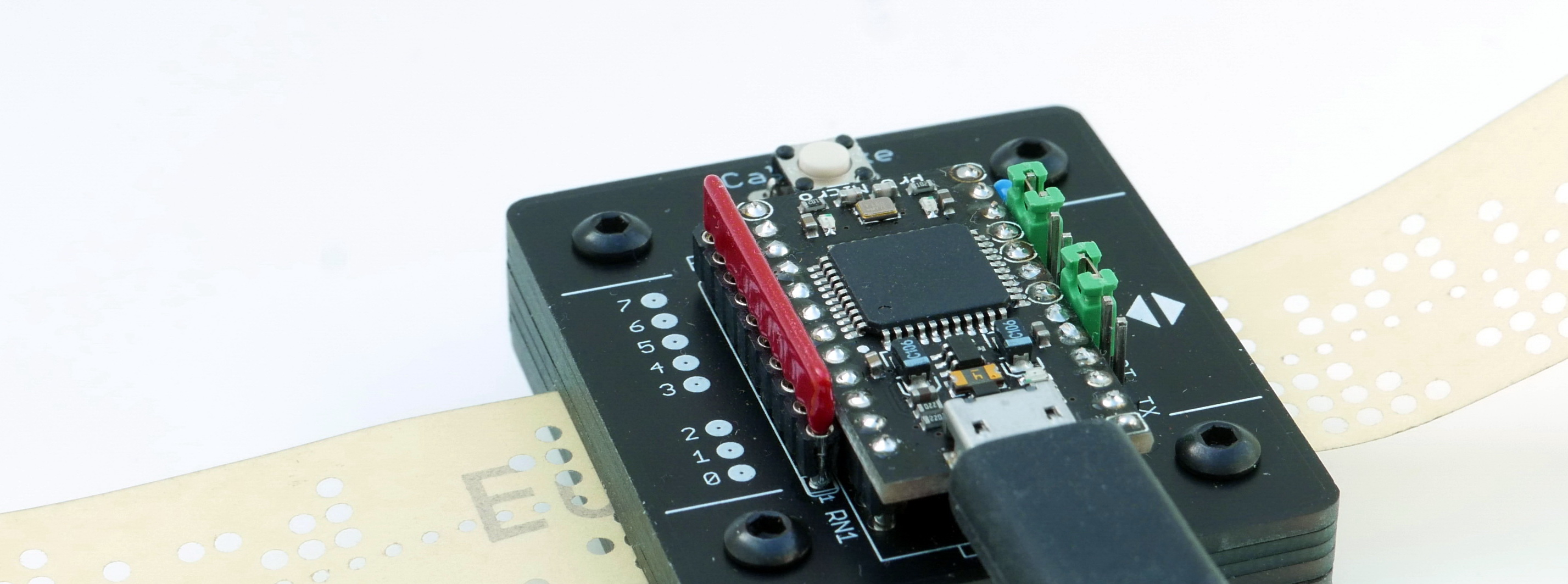
A little optical paper tape reader – easy to build and operate, with automatic calibration to sensor tolerances and paper type. Connects to any modern computer via USB, and performs well with all kinds of 5 to 8 bit paper tape, including translucent paper materials.
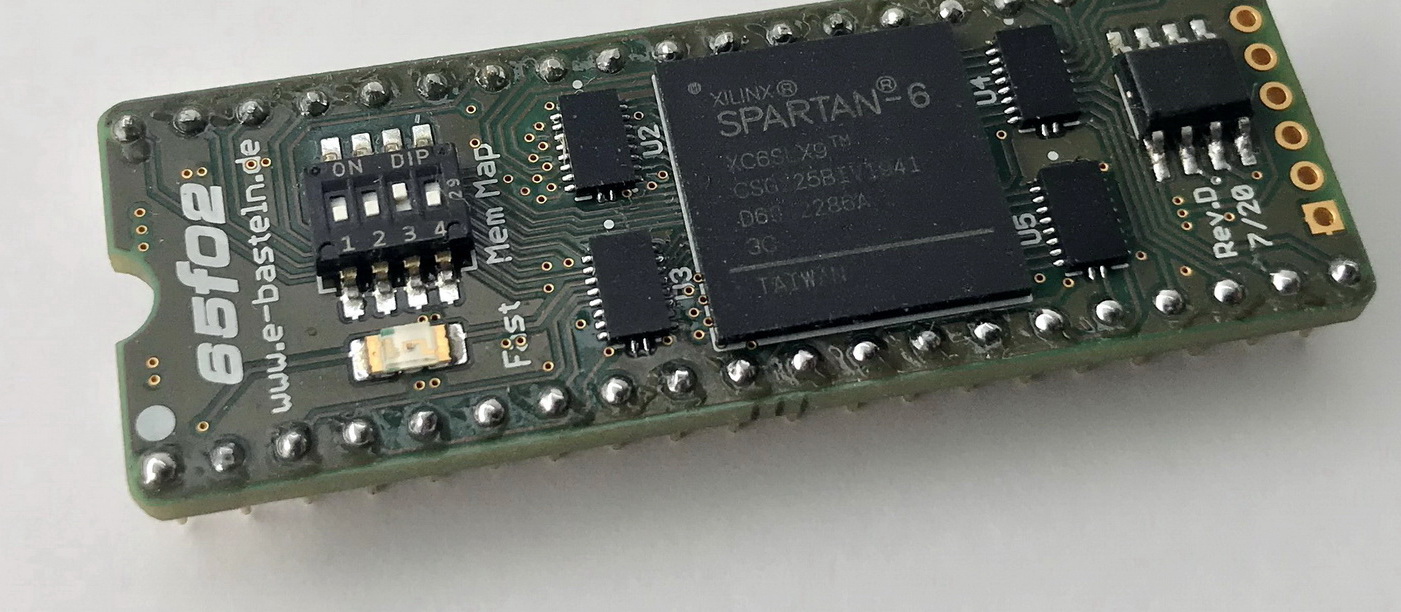
The 6502 was the CPU in my first computer (an Apple II plus), as well as many other popular home computers of the late 1970s and 80s. It lived on well into the 1990s in game consoles and chess computers, mostly in its updated “65C02” CMOS version. Here’s a re-implementation of the 65C02 in an FPGA, in a pin-compatible format that lets you upgrade those old computers and games to 100 MHz clock rate!